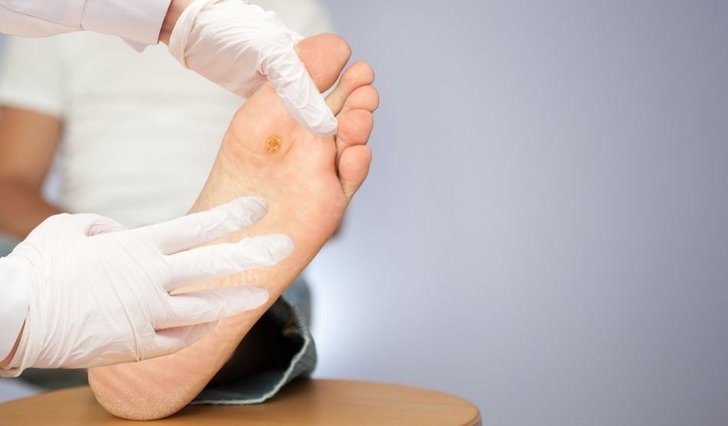"Funding into the development of phage-based therapies must significantly improve"
January 23, 2024 | Tuesday | Views
The current market size of bacteriophage-based products and therapies in India is insignificant at the moment. Even globally the estimated size is less than $50 million. But, the rising threat of antimicrobial resistance (AMR) and awareness about the benefits of phage therapy is expected to propel market growth. The use in agriculture, veterinary and consumption as phage probiotics will be major growth drivers. Dr Ranga Reddy Burri, President of the Infection Control Academy of India, brings forth, in an interaction with BioSpectrum India, on how our country has to frame effective strategies to propagate the use of bacteriophages.
How is research in India contributing to the development of novel bacteriophage-based technologies, such as phage engineering or phage cocktails?
Just as in other parts of the world, India has seen a growing interest in the field of bacteriophage-based technologies, especially as we face a critical juncture in our ability to combat infections due to the rising AMR scourge. Numerous research initiatives and institutions within the country are actively contributing to the development of innovative bacteriophage-based technologies, which encompass phage engineering and the creation of phage cocktails.
Indian researchers are deeply engaged in exploring the therapeutic potential of bacteriophages for the treatment of bacterial infections. The primary focus of these efforts revolves around isolating and characterising phages that specifically target pathogenic bacteria. Extensive in-vitro and preclinical trials are conducted to evaluate the effectiveness of these phages in treating a wide range of infections, including those caused by antibiotic-resistant strains. Our scientific community is also making commendable progress in the development of phage cocktails and the exploration of bioprospecting, although the regulatory landscape poses challenges when it comes to translating research into tangible products.
The genetic modification of bacteriophages to enhance their efficacy as therapeutic agents remains a relatively unexplored avenue. Within our scientific and laboratory settings, the capacity to engineer phages to broaden their host range, enhance their stability, and increase their specificity when targeting bacteria exists. However, realising the full potential of these advancements would require support and incentives from governmental and academic institutions to propel this research forward.
We are confident that collaborations with international institutions and experts in phage therapy can facilitate the exchange of knowledge, provide access to essential resources, encourage the adoption of best practices, and help refine our regulatory processes to address existing gaps. Ultimately, such collaborations will expedite the transition from laboratory discoveries to practical applications in healthcare.
Bacteriophages have shown significant promise in tackling AMR due to their ability to target and kill specific bacterial strains. Please elaborate on this statement and also share some examples from India-based success stories of AMR tackling phages and also add a note on its effectiveness compared to traditional antibiotics?
Bacteriophages, or simply called phages, are viruses that specifically infect and kill bacteria. Their ability to target and destroy specific bacterial strains makes them promising tools in tackling AMR sustainably. Unlike antimicrobials they are more sustainable and safer as phages are devoid of side effects and development of resistance is relatively low.
As you rightly pointed out, phages hold significant promise in addressing AMR due to their specificity, adaptability, and potential for personalized treatment. While there are success stories in India like AIIMS-ICMR PhageBank, ongoing research, international academia, industry collaborations, regulatory support, and clinical validation are crucial for realising their full potential as alternatives or complements to traditional antibiotics.
What is the regulatory landscape for bacteriophage-based therapies and products in India, and how is it evolving to accommodate this emerging field?
Regulatory authorities classify bacteriophages as biological substances. Currently, no established framework explicitly defines the role of bacteriophages in the context of medicinal products for human use in India and globally. Very few countries have clear regulatory pathways. One such example is Georgia, where bacteriophages have been seamlessly integrated into the healthcare system as a standard medical practice, and a range of phage preparations are available over-the-counter, along with a more extensive selection of products supplied directly to medical practitioners. US FDA also approved several phage treatments which are employed in the food industry, largely in the dairy and meat industry, to combat bacterial growth. The regulatory pathway in the US and the EU is currently work-in-progress for human use.
To fuel rapid progress toward phage therapeutics, as sustainable antibiotic alternative, regulatory processes must be refined and should be pragmatic to reach a tipping point sooner.
What is the level of public awareness and acceptance of bacteriophages as an alternative to antibiotics in India, and are there any public health campaigns promoting their use?
The level of public awareness and acceptance of bacteriophages as an alternative to antibiotics in India is abysmal compared to more established treatments like antibiotics. Even among healthcare professionals, the awareness is low, which is a significant deterrent to mainstreaming this alternative.
Organisations like Society for Bacteriophage Research and Therapy, Infection Control Academy of India and others are working towards awareness and providing a platform for researchers, clinicians, and other stakeholders to collaborate.
What are the funding and investment trends in the Indian bacteriophage sector, and are there any notable collaborations between academia, industry, and government agencies?
The funding into this sector is mostly from grants, philanthropy, altruistic researchers, and Good Samaritans only. Traditional life science and biotech companies have no participation in research or investments in this segment as the perceived demand is low and the risk of return is high.
Government, academia and civil society organisations (CSOs) must play larger roles in mainstreaming phage therapy. Big pharma can catalyse by collaborating with academia and startups in this space.
Anusha Ashwin
Click here to read the next story on bacteriophages









